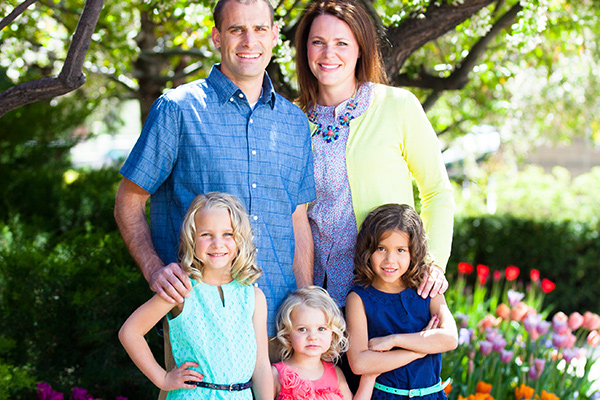

The most common risk associated with cataract surgery is a condition that can affect artificial lens implants called posterior capsule opacification (PCO), which causes cloudy vision to return.Īnother important risk of surgery is glaucoma, where pressure builds inside the eye. What are the risks?Ĭataracts that affect vision that are not quickly treated can sometimes cause irreversible damage to eyesight, including a permanently lazy eye and even blindness in severe cases.Ĭataract surgery is generally successful, with a low risk of serious complications. Read more about treating childhood cataracts. It's likely there will always be a degree of reduced vision in the affected eye (or eyes).īut many children born with childhood cataracts do not grow up to have serious problems with their vision. It can be difficult to predict exactly how much better your child's vision will be after treatment. But it's more common for the child to wear contact lenses or glasses after surgery to compensate for the lens that was removed. The affected lens may sometimes be replaced with an artificial lens during surgery. Replacing the focusing power of the lens is as important as the surgery to remove it. In these cases, surgery to remove the affected lens (or lenses) will usually be recommended as soon as possible.

How childhood cataracts are treatedĬataracts in children are often not too bad and have little or no effect on their vision.īut if cataracts are affecting your child's vision, they can slow down or stop their normal sight development. Read more about the causes of childhood cataracts.

certain infections picked up by the mother during pregnancy, including rubella and chickenpox.certain genetic conditions, including Down's syndrome.a genetic fault inherited from the child's parents that caused the lens to develop abnormally.There are a number of reasons why a child may be born with cataracts or develop them while they're still young.īut in many cases it is not possible to determine the exact cause. Read more about the symptoms of childhood cataracts and diagnosing childhood cataracts. You should visit a GP or tell your health visitor if you have any concerns about your child's eyesight. It's particularly important to spot cataracts in children quickly because early treatment can reduce the risk of long-term vision problems. Sometimes cataracts can develop in children after these screening tests. If a congenital cataract is suspected at the 6 to 8 week examination, a specialist eye doctor will see your baby by the time they're 11 weeks old. If a congenital cataract is suspected at the newborn examination, a specialist eye doctor will see your baby within 2 weeks of the examination. When your child is very young, it can be difficult to spot signs of cataracts.īut your baby's eyes will be routinely examined at their newborn physical screening examination within 72 hours of birth, and again when they're 6 to 8 weeks old. In children, cataracts can affect 1 or both eyes.Ĭloudy patches in the lens can sometimes get bigger and more can develop, resulting in the child's vision becoming increasingly affected.Īs well as poor vision, cataracts can also cause "wobbling eyes" and a squint, where the eyes point in different directions. In the UK, around 3 to 4 in every 10,000 babies are born with cataracts.
developmental, infantile or juvenile cataracts – cataracts diagnosed in older babies or childrenĬataracts in babies and children are rare.congenital cataracts – cataracts present when a baby is born or shortly afterwards.These are known as childhood cataracts.Ĭhildhood cataracts are often referred to as: It allows light to pass through to the light-sensitive layer of tissue at the back of the eye (retina).Ĭataracts most commonly affect older adults ( age-related cataracts), but some babies are born with cataracts.Ĭhildren can also develop them at a young age. The lens is the transparent structure located just behind the pupil (the black circle in the centre of the eye). Cataracts occur when changes in the lens of the eye cause it to become less transparent (clear).


 0 kommentar(er)
0 kommentar(er)
